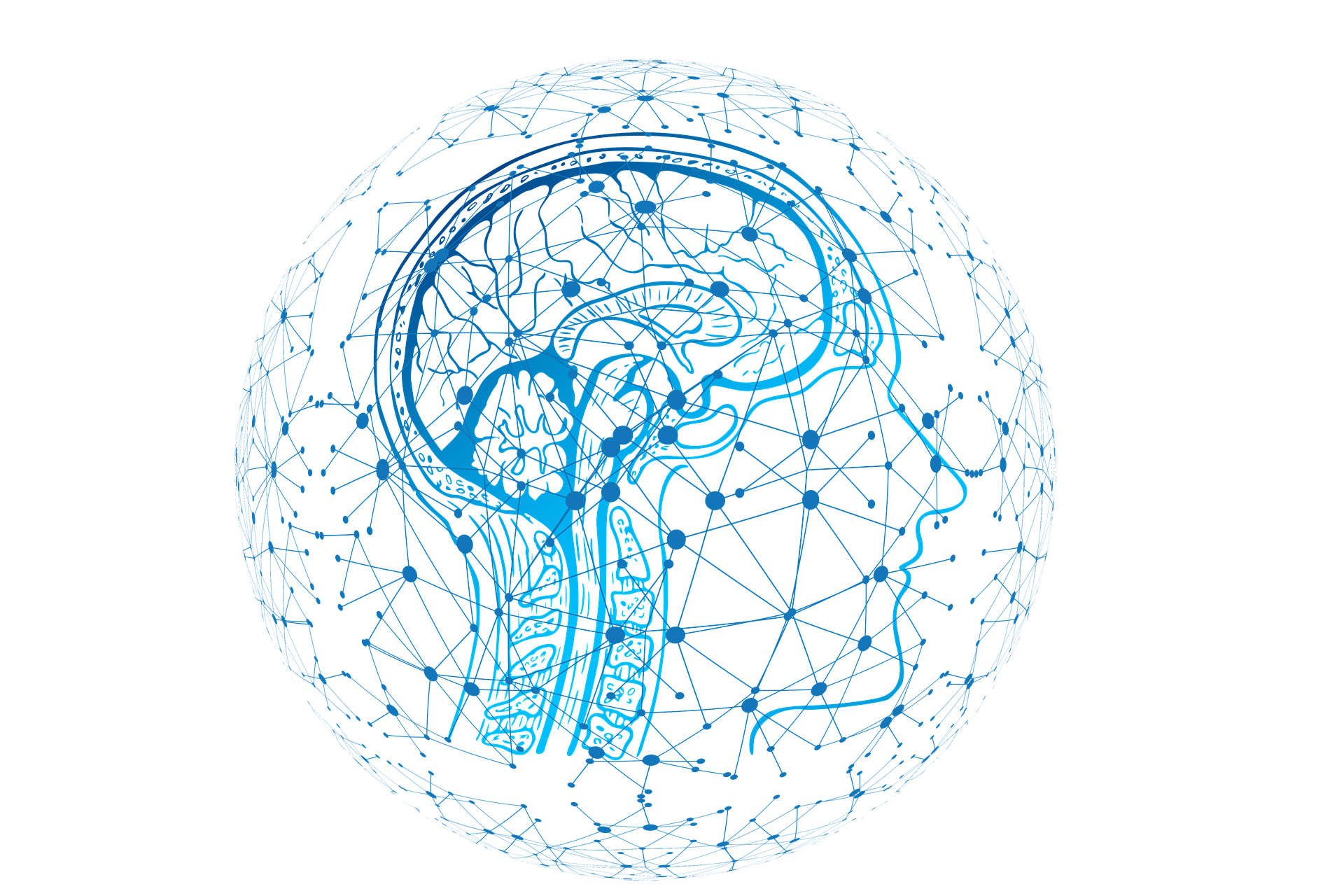
Adaptive learning systems adapt to the learner, for example in terms of learning preferences or learning progress. Overall, the environment in which the learner works should be individualized and thus better tailored to the learner.
Today's user expectations of modern education and training systems clearly point to the use of artificial intelligence (AI) techniques, for example, to automatically adapt individual educational journeys to the respective skill levels, to provide decision support or recommendation on relevant content, or to objectively assess learning progress using learning analytics.
One example of how the system can adapt to the learner's learning progress and pace is adaptive learning paths. As the learner works through chapters, the system detects the level of knowledge acquired and provides suggestions regarding the choice of the next chapter. For example, the system may recommend repeating a particular chapter or even skipping it. The learner's "knowledge" is modeled via a competency model and constantly updated via the processing of tasks. This makes it possible to design learning paths even more individually.
In the context of gamification of learning content, for example in the form of quiz learning games, the difficulty levels can be dynamically adapted to the individual performance of the users. Adaptive systems of this kind can have a positive effect on motivation and thus on learning success. The added value can be seen, for example, in the improved use of the e-learning materials or in the reduced time required.
Fraunhofer IOSB develops methods and technologies to enable cross-platform adaptivity for different assistance and learning systems. Existing systems can be retrofitted with AI functionalities without much effort. Established e-learning standards and service-oriented software architectures are used for this purpose.
 Fraunhofer Institute of Optronics, System Technologies and Image Exploitation IOSB
Fraunhofer Institute of Optronics, System Technologies and Image Exploitation IOSB